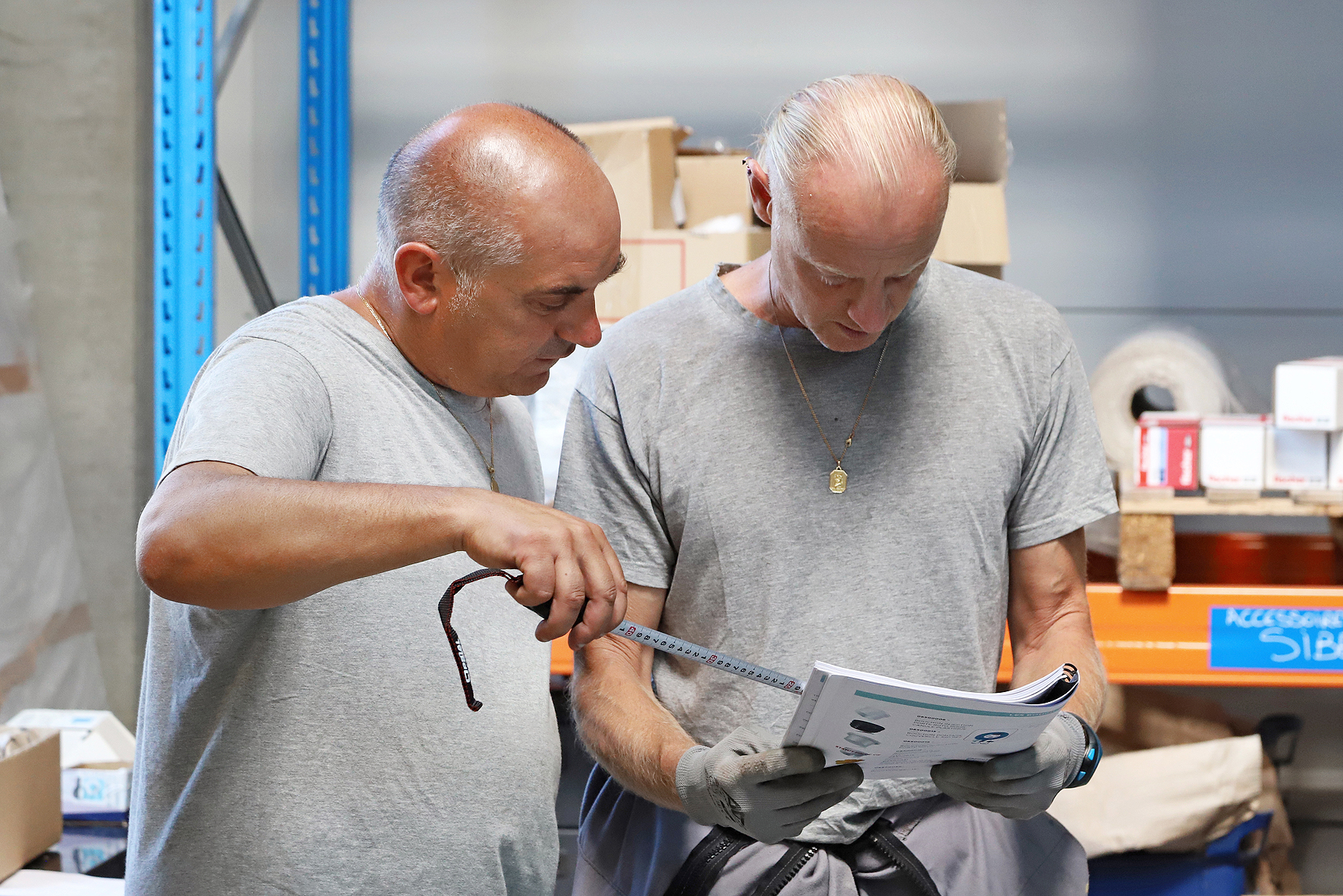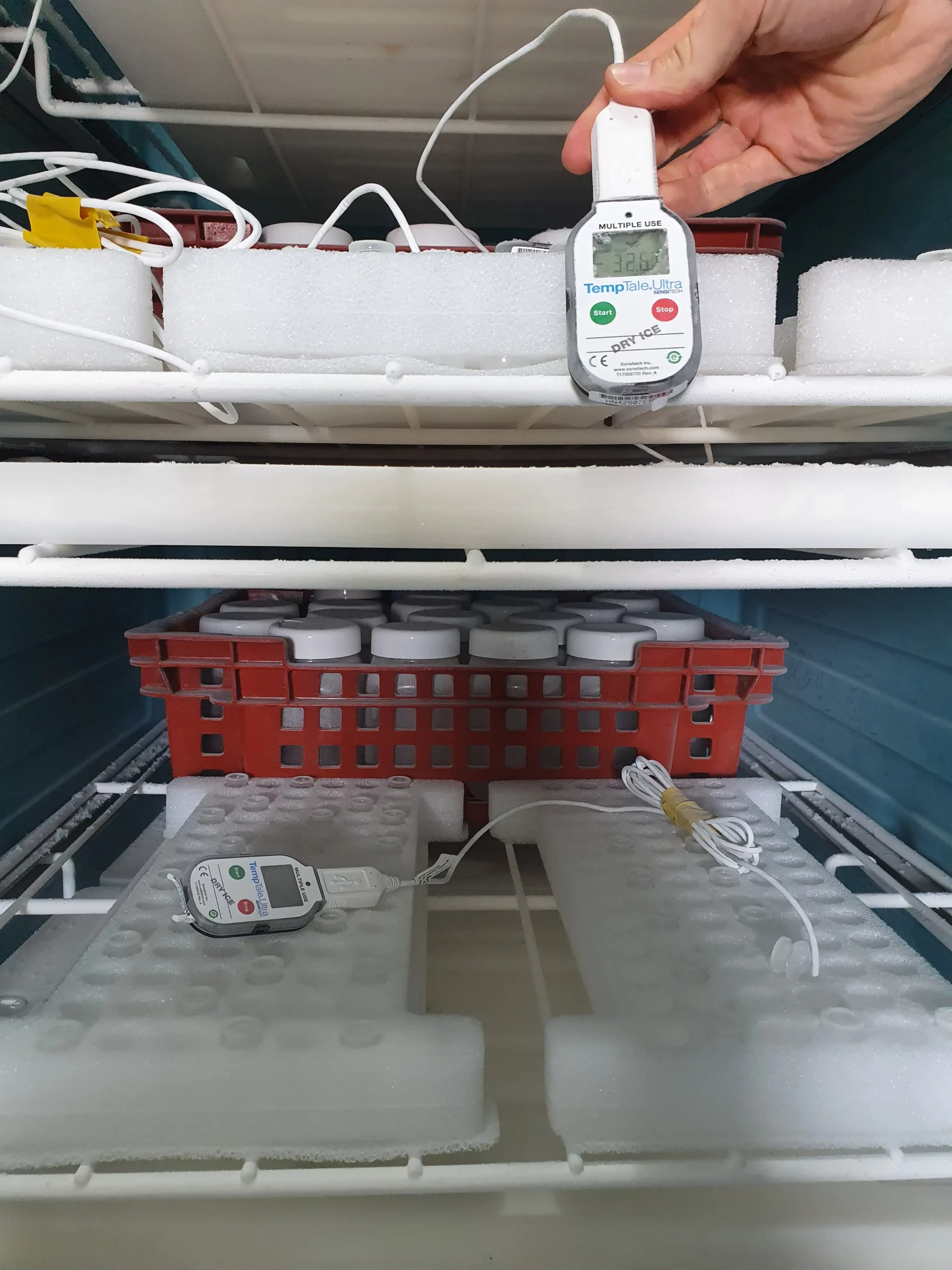Pro cycling logistics: a future model for urban logistics?
13 February 2025 by Edina GÁLFI
5 November 2024 by Edina GÁLFI

In the retail sector, temperature monitoring within the cold chain is essential to ensure the safety and quality of food products. Rigorous temperature monitoring throughout the distribution process helps prevent non-compliance, reduce food waste, and ensure consumer satisfaction. With strict regulations and rising expectations, it is necessary to implement effective solutions for temperature monitoring.
Compliance with European regulations is mandatory for all actors in the food chain. Regulation (EC) No. 852/2004 and Regulation (EC) No. 183/2005 require companies to adopt a systematic approach to ensuring food safety, notably through the HACCP (Hazard Analysis Critical Control Point) method. This approach aims to identify and control critical hazards related to food safety.
For retailers, this means, among other things, an obligation to monitor temperatures at every stage of the logistics process. This monitoring revolves around several key elements:
Temperature monitoring can be conducted manually or automatically. Each of these methods offers specific advantages.
Manual temperature monitoring is a traditional method used in retail. It relies on regular readings taken with probe thermometers that comply with EN13485 and EN13486 standards.
These readings are then recorded in HACCP temperature log sheets, which include detailed information such as the responsible person’s name, the recorded temperature, the date and time of the reading, and any corrective actions taken in case of non-compliance. The log sheets are maintained monthly and must be archived in case of inspections by competent authorities.
Note that infrared or laser thermometers are not compliant.
There are currently four types of probes:
It’s important to note that the operating principles, measurement ranges, response times, long-term stability, and cost vary from one type of probe to another. The food distribution sector favors the use of semiconductor probes, thermocouple probes, and RTD probes.
When should you use a food thermometer? It is recommended to measure the temperature of products at every critical stage: receipt of goods, transport, storage, and just before shelving. The temperature should ideally be taken at the core, as it accurately reflects the product’s conservation state.
Before and after use, the probe must be sanitized with a food-grade approved product. For packaged, vacuum-sealed, or modified atmosphere products, breaching the packaging will result in product disposal.
If core temperature measurement is not possible, a surface temperature reading of the packaging is accepted.What are the alert thresholds? For surface temperature readings, a maximum deviation of approximately 2°C is tolerated. For core temperature readings, the tolerated deviation is around 1°C. Adhering to these thresholds helps prevent non-compliance.


Technological advancements now allow the use of connected temperature sensors for automated temperature monitoring. These sensors are used to measure temperature variations within cold storage and transport units. They offer continuous, real-time, and remote monitoring 24/7.
How do temperature sensors work? Sensors perform periodic readings at predefined intervals, allowing for the quick detection of any temperature excursions. The collected data is automatically archived, providing complete traceability and an overview of fluctuations over 24 hours or more. This alert system allows for rapid response in case of threshold breaches, thereby reducing the risk of non-compliance.

Rigorous temperature monitoring plays a central role in managing the cold chain. The benefits are numerous and directly contribute to food safety and the operational efficiency of retailers.
Temperature monitoring in the cold chain is an essential process for ensuring the quality and safety of food products in retail. By integrating modern technologies, training staff, and conducting regular audits, retailers can minimize the risks of non-compliance, reduce food waste, and guarantee consumer satisfaction. Mastering the cold chain is not only a regulatory obligation but also a competitive advantage that can make a significant difference in an increasingly demanding market.
